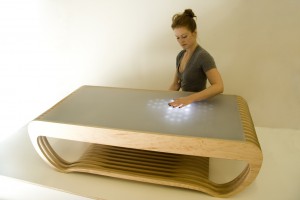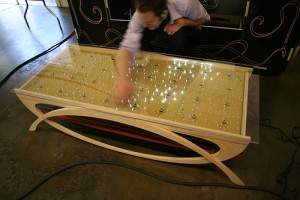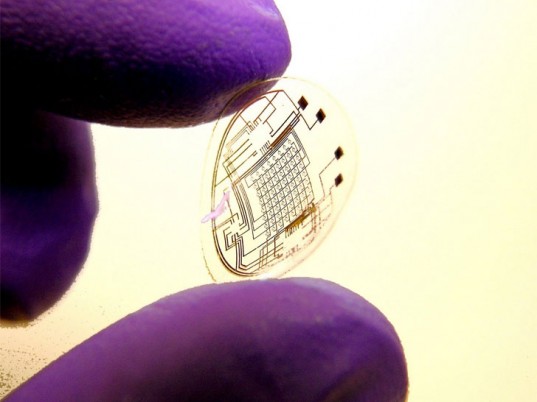Over the past few years, numerous businesses and researchers have become pretty creative with LED applications. From smart windows to LED contact lenses, we’ll show you some interesting, cool, futuristic led technologies. We’ll start with some of the more recent cutting-edge technologies, followed by some of the weirder, niche products.
Smart Windows
The concept of smart windows have been around for a few years, but we haven’t really seen them on the general market. According to Science Daily, one of the most recent technology breakthroughs comes from Nanyang Technological University scientists who have developed “a smart window which can darken or brighten without the need for an external power source.” According to Professor Sun Xiaowei, “It charges up and turns blue when there is oxygen present in the electrolyte – it other words, it breathes.” This technology also leads the way in new energy efficiency applications. The window “can adjust the amount of sunlight coming into buildings in the day, which promises significant savings on cooling and lighting costs.”
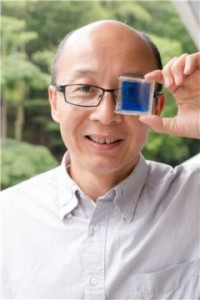
Samsung has also been working hard on a new smart window. According to the Samsung’s Smart Window.
LED Virtual Sky
A similar concept to smart windows is the virtual sky, an idea designed for businesses to experience the outdoors while in the office. This is achieved through the remarkable ability of LEDs to be set at different color temperatures. While an individual LED can only emit a single color, mixing a variation of LED colors together (red, green, blue, yellow, violet, aqua, and white) can be used to create a broad spectrum of colors. One of the newest technologies that has come out in the past few years is the ability to dim and adjust LEDs to any temperature using these seven main colors. A virtual sky, therefore, takes this technology to the next level by embedding thousands of LEDs into tiles across a ceiling. One of the first virtual sky experiments was conducted in Germany. After engineers created a combination of red, blue, green, and white LEDs, they had the ability to generate over 16 million hues. To mimic a virtual sky, “The engineers studied how the light spectrum changes when clouds move across the sky and replicated these “dynamic” changes using the LEDs.”
A few months ago, Artificial Sky, a veteran-owned, Detroit-based small businesses, unveiled a new virtual sky product. “This will revolutionize ceiling art in the 21st century due to the fact we engineered our panels to fit any standard 2’x2’ or 2’x4’ suspended ceiling grid on Earth” says Mark Jenzen, owner of Artificial Sky.
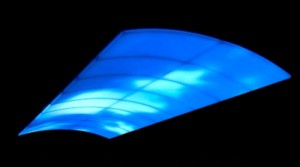
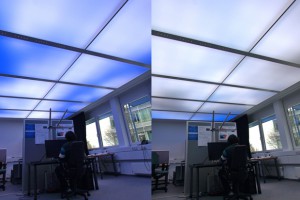
Die dynamische Lichtdecke vermittelt dem Büroangestellten das Gefühl, unter freiem Himmel zu arbeiten.
Solar-Powered OLED Car Sun Roof
Another similar concept to smart windows are OLED sun roofs. OLED technology, by itself, is still relatively new. OLED technology is basically LED 2.0: it’s more energy efficiency, thinner, and is flexible, giving designers more freedom to create unique, futuristic-looking products. The OLED sun roof prototype combines OLEDs with transparent solar cells. “During the day, the roof lets in light from outside, which also charges the solar cells. At night, the panels turns [sic] into a car light, using the power stored earlier.” Currently, OLEDs are still too expensive to manufacture, so production still exists only in concept. As price points drop, however, we predict these could be on the market in the next 5-10 years.
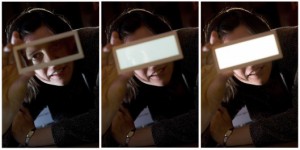
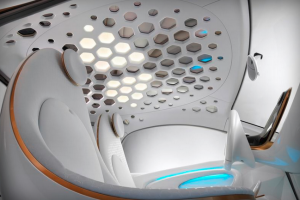
LED Light Bulb With Bluetooth
One of the most recent developments is Sony’s new LED light bulb with Bluetooth capabilities. Going on sale in Japan on May 23, the bulb is a simple screw-in that enhances the ambiance of your room with high-quality, energy efficient lighting and sound. The volume and brightness can be controlled via an app on your handheld device. There isn’t any information on when the product will be available in America, but that’s just as well, since each bulb has a hefty price tag of $199.00. It will, of course, become much more affordable in due time.
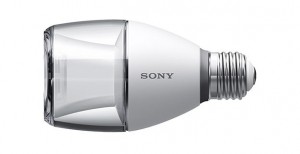
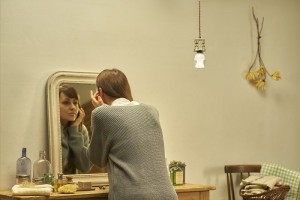
LED carpet
Philips newly released “Luminous Carpets” was shown off during this year’s Consumer Electronics Show (CES). These are poised to hit the North American market this year, so we may start seeing these in airports, hotels, theaters, helping direct people to exits, bathrooms, or other areas of interest. The LEDs are embedded into protective, “light transmissive” carpet. “Philips claims the carpets are rugged enough to handle spills, cleaning and ample foot traffic without the LEDs malfunctioning or overheating.”
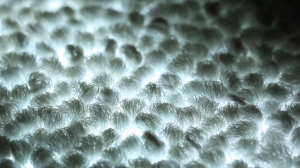
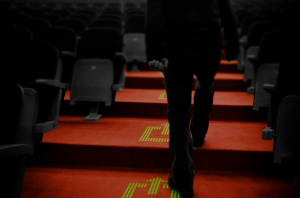
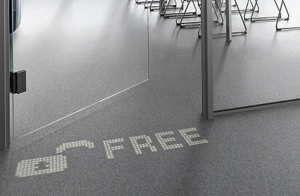
LED Contact Lenses
One of the newest prototypes of hands-free communication are “bionic” LED contact lenses. Think of Google Glass, but in the form of a contact lens. The LED contact uses “metal circuits only a few nanometers thick, or roughly one-thousandth the width of a human hair.” First developed at Aalto University in Finland, researchers at the University of Washington later tested the device for safety and applicability in 2011. “Although the prototype contained only a pixel of information, which appears as a tiny dot of light, scientists say it’s a proof of concept that could lead to superimposed emails and other messages in your light of sight.”
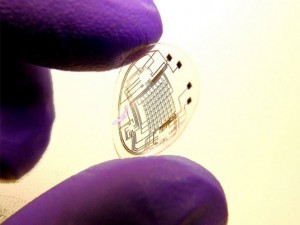
More recently, researchers have begun 3-D printing the LED contact lens prototype, taking some of the difficulties away from production. Yet, even with 3-D printing, it costs approximately $20,000 to produce each. So, we’re still a long way off from seeing product to market, but “If such displays were successfully deployed, Babak Parviz, an associate professor of electrical engineering at the University of Washington, says, “they would fundamentally change the nature of interaction between humans and visual information.”
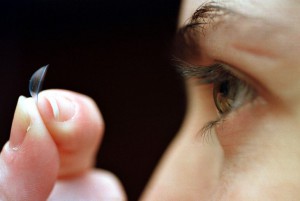
LED Wallpaper
If you’ve ever done home redecorating, you might know the pain of scrolling through dozens of books with hundreds of pages of similar-looking wallpaper designs. Meystyle, a London-based LED wallpaper and fabric outlet, hopes to add customization and flair to your home with LED wallpaper designs, embedded with Swarovski crystals. Each design is custom-made for each client. LEDs make this application possible with their 50,000 hour lifespan, giving homeowners 6-10 years, depending on use, before requiring bulb replacements.
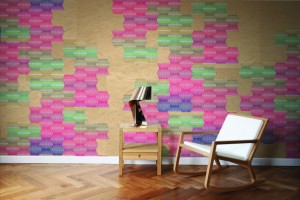
Columbia Road, a French-based wallpaper company, has developed a heat sensitive screen printed wallpaper using five-color LEDs. “One layer of ink is printed using thermochromics ink which is affected by a temperature rise . . . this allows certain areas of the design to temporarily change and reveal hidden images throughout the paper, then disappear again as the paper cools to room temperature.”
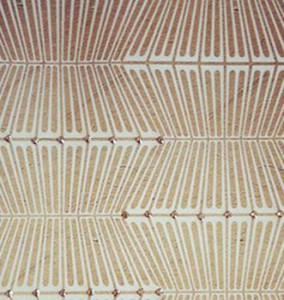
Lastly, lighting giant Philips has also experimented with LED wallpaper. Philips’s product is a bit different from Meystyle or Columbia Road’s, as the company has produced a wallpaper that can glow by integrating LEDs. However, Philips took the idea to the next level by working with Kvadrat Soft Cells, an acoustic panels manufacturer, based in Denmark. Sound-absorbing panels integrated with LEDs can change colors and “could be integrated into an audio system and respond accordingly to the music.”
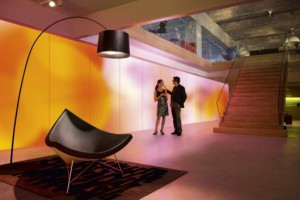
LED Eyelashes
LED eyelashes were developed by Soomi Park, a designer based in London and South Korea, based on the need for “Asian women’s desire for bigger eyes.” The LEDs come “equipped with inclination sensors that track movement, so you can turn the lashes on or off by tilting your head.” A very cool, niche product that I’m sure I’ll only ever see in movies.
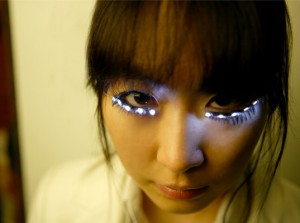
Interactive LED Coffee Tables
Because We Can, an architecture design team based in Oakland, teamed up with Evil Mad Scientist, a family-owned small business “DIY and open source hardware for art, education, and world domination.” Already available for purchase, these interactive coffee tables are hand-made with integrated LEDs that “are designed to respond in a subtle and gentle fashion to stimulus provided by human interaction.”
